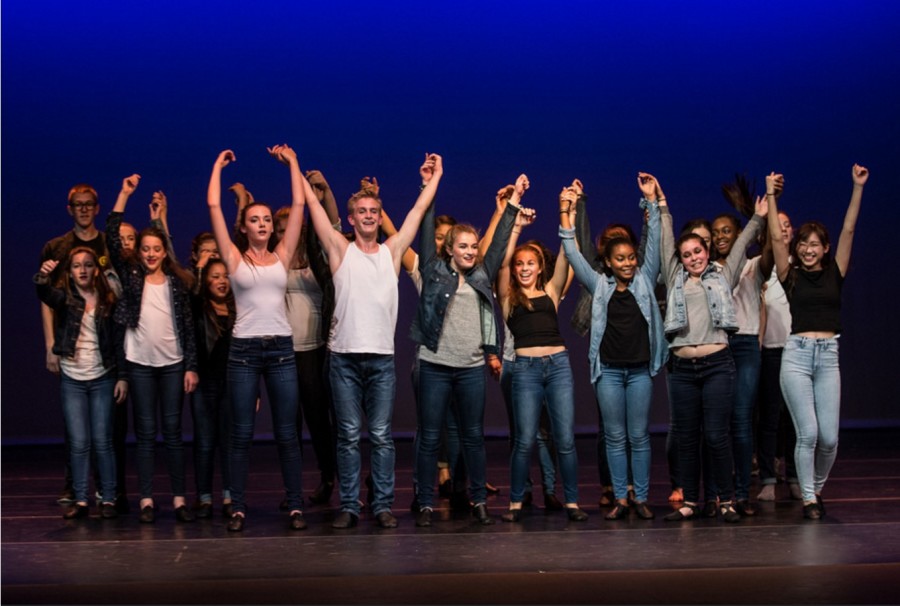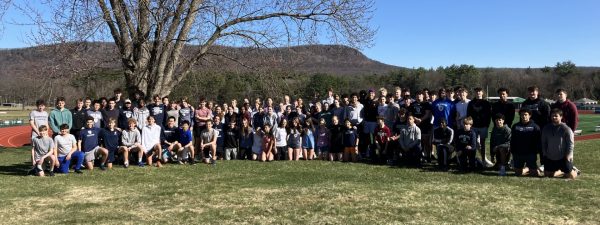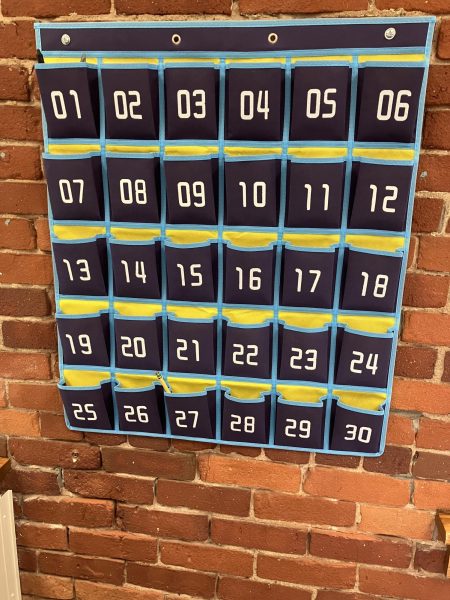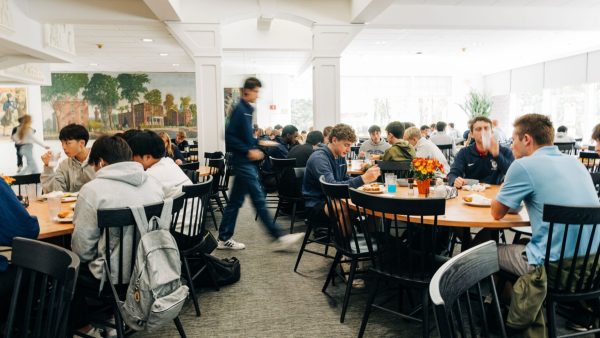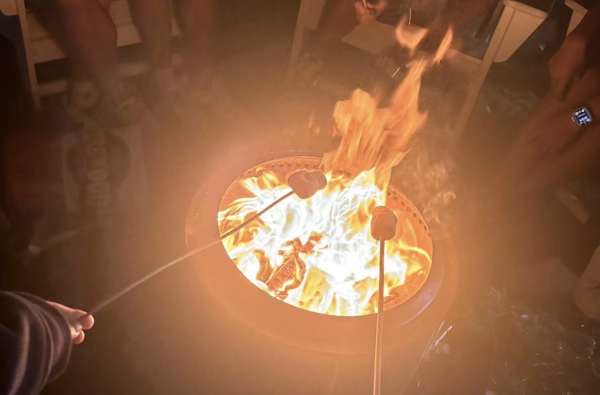Williston Artists Shine in the College Process
With a lot of attention drawn to committed athletes, Williston’s art students have also been working hard to create portfolios and master audition pieces to apply to performing and visual art colleges across the country.
After spending huge amounts of time working on portfolios and preparing for auditions, several seniors were accepted this spring to prestigious schools like Rhode Island School of Design, School of Visual Arts, Julliard, and New York University’s Tisch School of the Arts. Many students also apply to liberal arts colleges with strong theater or visual arts programs, like Northwestern, Skidmore, or Vassar.
“It’s incredibly competitive,” says Ms. Emily Ditkovski, Director of the Williston Theater. “Even second and third tier schools are really hard to get into.”
Many Williston alumni have also gone to conservatories or focused on art, dance, or theater at liberal arts schools. Williston alumni are currently working on film sets at NYU and getting paid to work in the scene shop at Brown.
Seniors Leeanna Albanese, Eric Chen, and Calvin Ticknor-Swanson have all applied to and have been accepted at performing art conservatories. Brendan Shaeffer and Lu Zheng have applied to and been accepted to visual art colleges.
Artistic accomplishments in college administration are often not publicized at Williston. Signing ceremonies and committed athletes receive more attention than students accepted to art schools.
Ms. Ditkovski says, “I think people maybe don’t know how competitive these programs are or how much work it takes to get into them, and I think that because when you sign with a team it is very public.”
She adds, “I think Williston has this amazing arts program…But for a long, long time the language of campus was more of an athletic language. We have ‘Afternoon Program’ now. It used to just be called ‘Athletics.’ I think we are slowly changing the way that we see things.”
She notes, “Even if you don’t have a big signing ceremony, you can acknowledge these kids on the web page…some way to acknowledge that this is happening because it has been happening for a long time.”
Ms. Hume adds, “We perhaps have been too modest, but I’d like to begin publicizing the successes of our arts students more in the near future!”
Mr. Tim Cheney, Williston’s Director of College Counseling says, “Artistic talents can provide students with an added dimension that strengthens their viability in the college application process.”
Applying to college with a focus on the arts requires more effort. Albanese says, “I did tons of work. I cannot emphasize that enough. I basically practiced my songs and my monologues every night for a few months.”
In addition to completing the Common Application for college admission, Ticknor-Swanson says, “I also had to submit extra essays related to the program I was applying to, submit video supplements of me singing/dancing/acting, make a headshot and resume, schedule an audition, do the audition, and then wait for my application decision knowing that most of the schools only accept 12-30 kids for their programs out of the 2000+ applying.”
Not only is it a lot of work, but students only have one chance to audition. Albanese says, “Not every audition will go well. I was sick for the majority of my auditions, I made mistakes, I didn’t have good energy, it goes on and on and on.”
Ms. Ditkovski says, “No matter what is happening in your life you have to put it at the door and walk in that room and own it [the audition], and when you are seventeen or eighteen years old to try to do that: it is a lot of pressure.”
Zheng notes, “The process of applying to art school or an art program is tough. Other than SAT, GPA, and activities, portfolio is a big part of your application.” Different schools have different requirements. “Some school requires ten [art] pieces, some require twenty,” she adds.
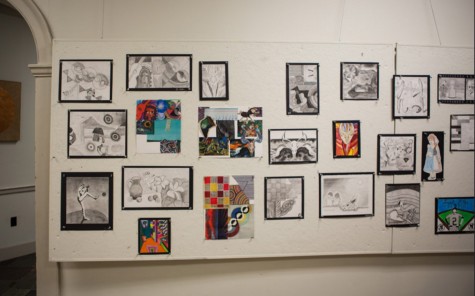
Ms. Natania Hume, Head of the Performing and Visual Arts Department notes, “Portfolios usually need to reflect applicants’ versatility as an artist, technical skills and competence, and intellectual and conceptual abilities to express ideas through their work.”
Mr. Edward Hing, the photography teacher, says “All the art schools want to see portfolios and those are very difficult to do because how do you show your capabilities in 12-20 pieces?” He adds, “They also want fairly strong academics. I think it is harder because you have to write a regular application but you also have to do your art.”
The portfolios and auditions are the culmination of years of practice and work. Most of the students have been artists or performers since they were very young.
Zheng’s talent in the visual arts began in kindergarten. Her freshman year at Williston she took three art classes: Advance Drawing, Intermediate Painting, and Advance Painting.
Chen had always been interested in Theater, but had less opportunities to get involved in Taiwan. He says, “I had this interest back in Taiwan but I don’t really have a chance to do what I wanted because the education in Taiwan is really focused on academic work. That is one of the main reasons I study abroad in America right now.”
Both Albanese and Ticknor-Swanson have been into the performing arts since they were young. Albanese notes, “I can’t imagine not going to rehearsal every night, as ridiculous as that sounds. A lot of the time it’s one of the best parts of my day. I actually think it was last year during All My Sons when I just realized that I wouldn’t be myself if I didn’t pursue the performing arts in some manner in college.”
These students all credit Williston art in helping them get to where they are. Their teachers, classes, outside activities, and their friends were all part of the process.
Ms. Ditkovski says, “What you get at Williston that you don’t get anywhere else is really individualized attention and I think Charles and the whole performing arts faculty really believe in not just teaching how to act or how to build a set, but your responsibility as a theater artist and the bigger picture of being responsible for the creation of art and what that means.”
Many Williston students are involved in art and finding great success in college programs, no matter how difficult the process.
Chen adds, “You will feel like you are very different because few people are doing this and sometimes you feel like…it just feels weird. But keep going in the direction you are going and trust yourself.”



